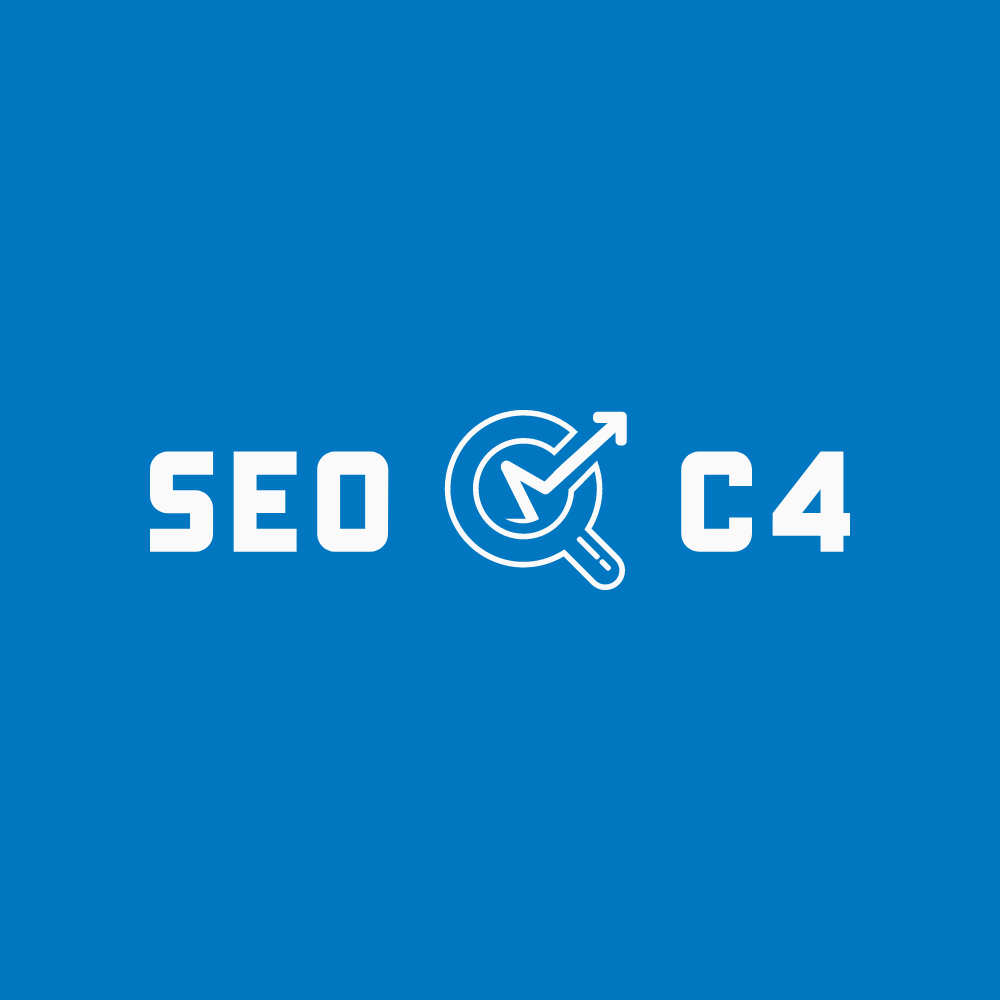
Today, readers turn to Google more than they do to their books to quench their thirst for knowledge. The digital content that they encounter in one place should provide an experience that readers can’t get anywhere else. User experience is getting imperative day by day, and content creators should start thinking of their digital content like a product—so they can provide a better user experience to the readers.
Why content marketing is crucial for any business
Before we dive into why you should take an iterative approach with content marketing, let’s take a look at why content marketing is significant for the growth and sustenance of any business.
Content marketing helps businesses with:
- Connecting with their audiences
- Educating their readers
- Persuading consumers to buy their products or services
- SEO by ranking the website
- And much more
Marketing content has become indispensable for any modern business. What’s the use of quality content if it doesn’t reach the right people, right?
It’s also getting increasingly difficult to do content marketing because of oversaturation. There are millions of blog posts published each day, so it’s necessary that every piece of content you put out there is high-quality, compelling, and converting.
Why you should update your content
After you send your content out there in the world, are you truly done with it? Of course, you aren’t. Great content can remain a guiding light for many years but it can lose its relevance. Every piece of content might not stand the test of time—as evergreen content does.
To make sure that your content stays current, it needs to be updated to meet the ever-changing needs of its consumers. When Google sees that your content is revised, you’ll get an increase in traffic that will make all the hard work worth it. This example from Ahrefs shows how updating content can give your traffic a huge boost.
The traditional content marketing process
Updating and republishing content without a process can become hectic, time-consuming, and ineffective. A traditional content marketing approach lacks change accommodation in its process. Here’s what it looks like this:
So, what goes wrong with this process? After you upload your content, you will notice an initial spike in the traffic. However, this traffic will slowly die. Now, this isn’t a bad approach to creating content. After all, traffic is still coming in, right? But sustaining that traffic is what gets one of the optimal results.
To get a reasonable ROI from content marketing, we turn to a different content marketing process—one that looks more like software product development. This product-based approach makes content creation more streamlined. Many marketing agencies have started implementing this iterative approach in their content marketing to maximize ROI for their clients.
Treating content marketing as an iterative product
The process of creating and growing content as an iterative process looks like this:
Ideation
Creation
Measure and optimize
Iteration (repeat process)
So how are both processes different?
With an iterative approach, content creation is done in such a way that there’s always room for improvement. In other words, content is made keeping in mind that it might not perform well. So, the quality is measured, improvements are made, and content is published again. This process repeats (iterations) we get the desired quality that can continue delivering traffic, sales, and leads for a long period.
Here’s how to implement this process in your content strategy.
IdeationIn the ideation phase, you research content upfront and estimate how much traffic you will garner through keyword research or any other traffic estimation source. After research, we try to create content this is easy to create and has high traffic potential.
Content creation
We start by creating something similar to a prototype, i.e. something that you can gather more data and feedback from, like a feedback form or heat maps. This data will prove valuable in performing iterations and improving upon your existing content
Measure and optimizeThe most crucial step of any product development process. With traditional content marketing, you move on to your next piece of content, as soon as you finish the previous piece, without setting any metrics to optimize it later.
But taking a product development approach, we publish the piece of content, then gather feedback and data so we can optimize content later.
Metrics to measure:
Time spent on site
Conversions
Rankings
Other engagement metrics
You can measure these metrics easily by using Google Analytics, heat maps, or surveys, etc.
Iteration
Content creation is not to be approached with a “one and done” attitude. In this age, the quality of content is more important than quantity. Your content needs frequent tweaks and improvements to achieve its refined form. Successful and converting content is made by at least three or more iterations. Make sure you wait a few days (preferably week) before you start repeating this process.
Content marketing is a marathon, not a sprint
Powerful content marketing isn’t just about writing a blog post and then never looking back. It’s about carefully ideating every piece of content, crafting it according to a long term plan, then analyzing its performance to make improvements.
With proper data collection and engrossed efforts, you are bound to improve your content into something that drives more leads and sales!




